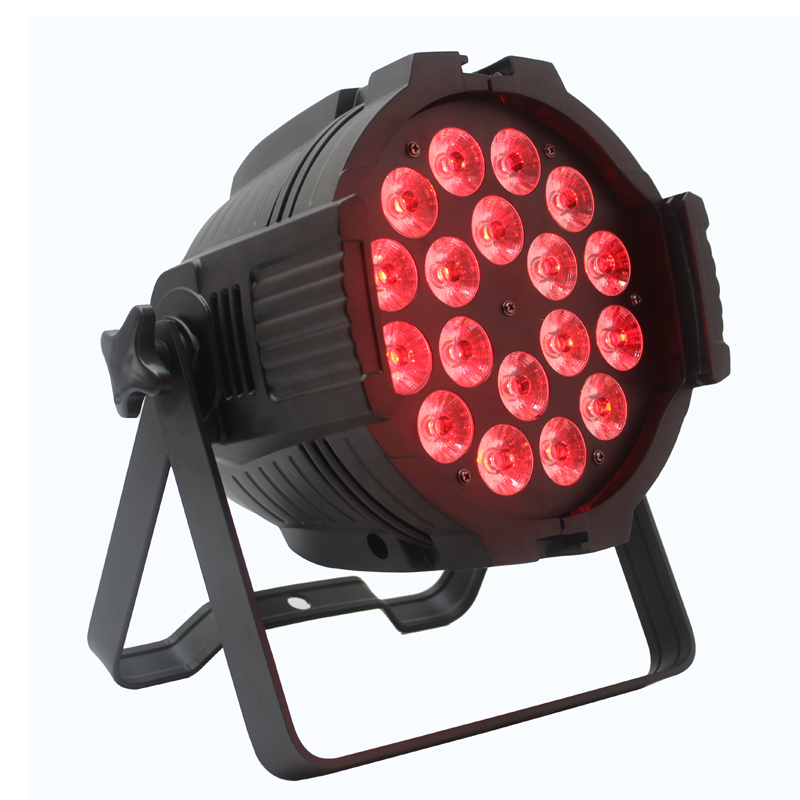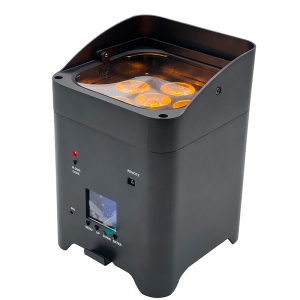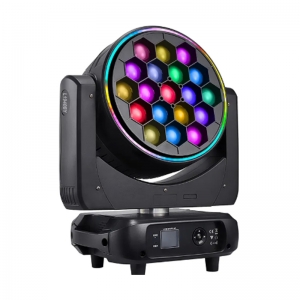For lighting fixtures that use light sensors for either on/off control or for dimming the problem has been keeping the light emitted from the fixture from interfering with the light measurements. This is generally accomplished by shielding the sensor from the emitted light, or positioning it outside the lighted area of the fixture. While this is both low cost and effective, not all fixtures lend themselves to having a separately positioned sensor. For example consider a light that faces up and is embedded in concrete, often called an “uplight”, that might be used to illuminate a tree or other landscape feature. This light might benefit from having a light sensor but there isn't an easy place to put a light sensor such that the light from the fixture itself doesn't interfere with light measurements.
Previously there have been several different means of using sensors to either dim lighting or to turn off lights as necessary. A classic example would be using low cost CdS, or cadmium sulphide, cells. Other examples use LEDs themselves as sensors, and yet other examples use photo diodes.
The new method is embodiment of measuring ambient light, and only ambient light, by selectively turning off any LED light sources that the device controls and then using an ambient light sensor to measure the remaining light. All of this must be done in such a way as to be undetected by people who are using the light for various purposes.






)







